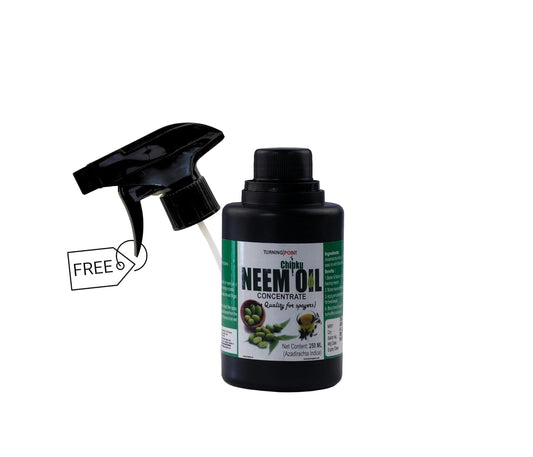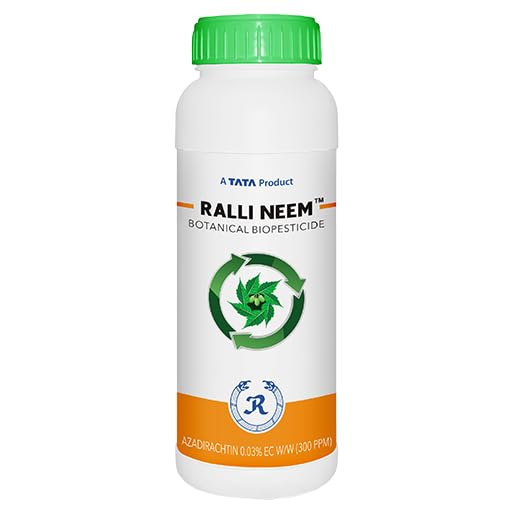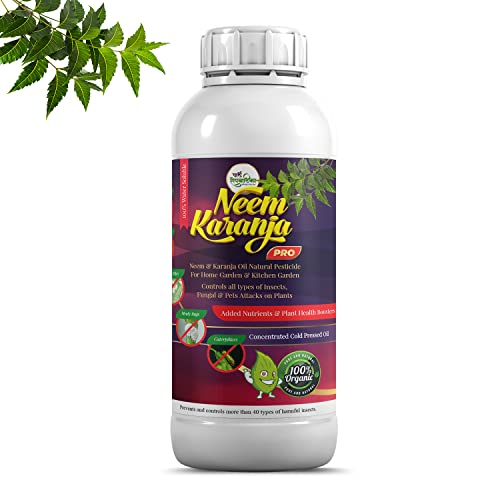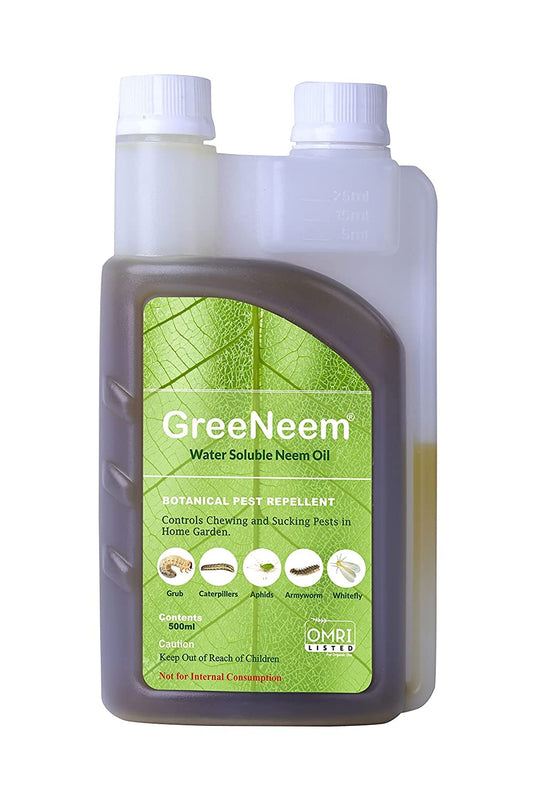
Growing Super Fertilizers at Your Own Farm: A Guide to Spirulina Biostimulants
Share
Spirulina Biostimulants: A Farmer's Guide to Sustainable Profit
Empowering farmers with home-grown, high-quality agricultural inputs.
Achieving sustainable profit in agriculture often hinges on farmers producing and utilizing high-quality fertilizers independently. While the government provides basic nutrients like Nitrogen, Potassium, and Phosphates at subsidized rates, their distribution relies on private networks. This dependency, despite regulation, can lead to manipulated prices and inconsistent quality. Reports of substandard fertilizers are common, yet the challenges persist.
In this context, farmers who embrace green manure, farm-made organic manures, vermicomposts, and slurries can significantly increase their profits. They not only secure quality inputs but also achieve substantial cost savings.
This article explores how farmers can prepare Spirulina biostimulants for their own use and for neighboring farms. Fortunately, all necessary components for this formulation are readily available on Amazon with competitive pricing and reliable shipping. Furthermore, farmers can cultivate their own Spirulina in a small setup and extract its beneficial contents at home using standard kitchen equipment.
Spirulina is now officially recognized and available to enhance crop health. India's Fertilizer Control Order (FCO) recently included a biostimulant formulation based on Spirulina, opening exciting new avenues for sustainable agriculture.
What is Spirulina and Why is it Ideal for Organic Biostimulants?
Spirulina, commonly known as blue-green algae, is a microscopic, spiral-shaped cyanobacterium. While it might sound like a pond inhabitant, it's an ancient and remarkably beneficial organism. For plants, Spirulina functions as a powerful biostimulant. This means it doesn't directly supply primary nutrients like NPK; instead, it enhances a plant's natural physiological processes, leading to improved growth, stronger defenses, and better nutrient uptake. Biostimulants prepared with Spirulina are rich in amino acids, peptides, and chelated micronutrients, and also contain plant hormones such as indole acetic acid and cytokinins.
The specifications for Spirulina formulation, as per the Fertilizer Control Order, are:
| Component | Specification (w/w min.) |
|---|---|
| Spirulina powder | 10% |
| Propylene glycol | 5% |
| Lignin sulfonate | 5% |
| Polysaccharide | 0.1% |
| Citric acid | 0.1% |
| Water | QS (sufficient quantity) by weight |
| Total | 100% |
Function of Each Component:
- Spirulina powder: Provides plant nutrition and stimulation.
- Propylene glycol: Acts as a humectant and solvent.
- Lignin sulfonate: Functions as a dispersant, wetting agent, and chelating agent.
- Polysaccharide: Serves as a thickener, film-former, and potential biostimulant.
- Citric acid: Used as a pH adjuster and chelating agent.
How Spirulina Biostimulants Benefit Your Crops:
- Enhanced Root Development: Spirulina promotes the growth of stronger, healthier root systems, enabling plants to access water and nutrients from the soil more efficiently.
- Improved Nutrient Uptake: It helps plants absorb and utilize essential nutrients more effectively, even in challenging soil conditions.
- Increased Stress Tolerance: Spirulina can boost plants' resilience against various stresses like drought, salinity, heat, and even pest attacks.
- Boosted Photosynthesis: It aids in improving the efficiency of photosynthesis, leading to better overall plant vigor and biomass production.
- Promotion of Beneficial Microbes: Spirulina can encourage the growth of beneficial microorganisms in the soil, further enhancing soil health and nutrient cycling.
Who Can Benefit from Using Spirulina Biostimulants?
Although the Fertilizer Control Order specifically recommends this formulation for chili and tomato in their growing stages, it can be used for all crops. All farmers can benefit from incorporating Spirulina-based biostimulants into their agricultural practices. Whether you cultivate cereals, pulses, fruits, vegetables, or cash crops, Spirulina offers advantages. It's particularly useful for:
- Farmers seeking to reduce their reliance on synthetic chemical inputs.
- Those practicing organic or sustainable farming methods.
- Farmers facing challenging environmental conditions (e.g., water scarcity, saline soils).
- Anyone aiming to improve crop yield and quality naturally.
When Should I Use Spirulina Biostimulants?
Spirulina biostimulants can be applied at various critical stages of plant growth for optimal results:
- Seed Treatment: Applying Spirulina to seeds before sowing can promote faster and more uniform germination and stronger seedling establishment.
- Foliar Spray: During vegetative growth and before flowering, foliar application can enhance photosynthesis and overall plant vigor.
- Soil Drench/Drip Irrigation: Applying it to the soil can improve root development and nutrient availability throughout the plant's life cycle.
- During Stress Periods: Applying Spirulina when plants are undergoing stress (e.g., drought, transplant shock) can help them recover and mitigate damage.
Where Can I Get Spirulina Biostimulant Formulations?
With its inclusion in the Fertilizer Control Order, you can now expect to find FCO-approved Spirulina biostimulant formulations from reputable agricultural input suppliers and manufacturers across India. Look for products specifically labeled as "Spirulina-based biostimulant" and ensure they meet the FCO guidelines.
Why Has Spirulina Been Included in the FCO?
The Indian government's decision to include Spirulina biostimulant formulations under the FCO is a significant step towards promoting sustainable and eco-friendly agricultural practices. This inclusion signifies:
- Recognition of Efficacy: It acknowledges the scientific evidence supporting Spirulina's effectiveness as a plant biostimulant.
- Quality Control: Bringing it under FCO ensures that the products available to farmers meet specific quality standards and are safe for use.
- Promotion of Bio-inputs: It encourages the wider adoption of biological inputs, which are crucial for reducing environmental impact and improving soil health in the long run.
- Support for Farmers: It provides farmers with access to officially recognized and regulated biostimulant options.
How is Spirulina Mass Cultivated?
Mass cultivation of Spirulina primarily occurs in large, shallow, open-raceway ponds. Here's a general overview of the process:
- Pond Design: These ponds are typically constructed with a circulating system (often paddlewheels) to ensure even distribution of nutrients and exposure to sunlight. The depth is usually shallow (around 20-30 cm) to allow maximum light penetration.
- Culture Medium: Spirulina thrives in alkaline water with specific nutrient concentrations. A typical growth medium includes bicarbonate (for carbon source), nitrogen (nitrates or urea), phosphorus (phosphates), potassium, magnesium, iron, and other trace elements.
- Inoculation: The ponds are inoculated with a starter culture of live Spirulina.
- Growth Conditions: The ponds are exposed to direct sunlight, which is crucial for photosynthesis. The water temperature is maintained within an optimal range (typically 25-38$^\circ$C). The pH is also carefully monitored and maintained around 9.0-11.0, as this high alkalinity inhibits the growth of most contaminating organisms.
- Harvesting: Once the Spirulina concentration reaches a desired density, it is harvested. This is commonly done by filtering the culture through fine mesh screens, which separate the Spirulina biomass from the culture medium. The medium can then be recycled.
- Processing: The harvested biomass is then washed, dewatered, and processed into various forms, such as paste, powder, or flakes, for different applications.
How Can Farmers Grow Spirulina on Their Own?
For individual farmers, setting up a large-scale commercial Spirulina cultivation unit might be complex. However, you can explore smaller-scale, backyard cultivation for your farm's biostimulant needs. This requires attention to detail but can be a rewarding endeavor.
Basic Principles for Backyard Spirulina Cultivation:
- Choose a Suitable Container: Use shallow, broad containers that allow good light penetration. Food-grade plastic tubs, troughs, or even small, lined ponds can work. Ensure they are clean and free from contaminants.
-
Prepare the Culture Medium: This is crucial. You'll need to create an alkaline, nutrient-rich solution. A common recipe involves:
- Water (preferably clean and filtered)
- Baking Soda (Sodium Bicarbonate) – provides carbon and alkalinity
- Urea or Potassium Nitrate – for nitrogen
- Superphosphate or DAP – for phosphorus
- Epsom Salt (Magnesium Sulfate) – for magnesium
- Potassium Chloride – for potassium
- Trace minerals (can be sourced from agricultural micronutrient mixes, but careful dosage is critical). Maintaining the correct pH (around 9.0-10.0) is vital. You might need pH strips or a pH meter.
- Inoculation with Live Spirulina Culture: This is the most critical step. You cannot simply start with any water. You need a living starter culture.
- Provide Sunlight: Spirulina needs plenty of direct sunlight to grow.
- Gentle Agitation: Stir the culture gently a few times a day to prevent settling and ensure all cells receive light and nutrients. You can also use a small air pump with an airstone for continuous, gentle agitation.
- Temperature Control: Protect your culture from extreme temperatures. Ideal growth is between 25-38$^\circ$C.
- Harvesting (Small Scale): Once your culture turns a dark green and appears dense, you can harvest it using a fine mesh cloth (like a cheesecloth or a fine nylon net). Pour the culture through the cloth, and the Spirulina will be retained.
- Maintenance: Replenish the nutrients and water as needed. Some of the harvested culture can be used as a starter for your next batch.
Where Can Farmers Get Live Spirulina Culture?
Obtaining a clean, viable starter culture of live Spirulina is paramount for successful home cultivation. Here are some avenues in India:
- Research Institutions and Universities: Agricultural universities (like UAS Bangalore, Tamil Nadu Agricultural University, etc.) or research institutes focused on aquaculture or algal biotechnology might have Spirulina cultures available for research or outreach programs. Contact their departments of microbiology, biotechnology, or aquaculture.
- Biotechnology Companies: Some companies that produce microalgae products or offer biotech solutions might sell starter cultures. You might need to inquire directly with them.
- Online Suppliers (with caution): There are online suppliers who sell Spirulina starter cultures. However, exercise caution. Ensure the supplier is reputable, provides clear instructions, and guarantees live, contaminant-free culture. Check reviews and look for suppliers specifically catering to home or small-scale cultivation.
- Existing Spirulina Farms: If there are any commercial Spirulina cultivation units in your region, they might be willing to provide a small starter culture for educational or small-scale purposes, though this is less common.
- Farmer Cooperatives/Groups: In some regions, farmer cooperatives or self-help groups might be exploring or already engaged in Spirulina cultivation and could be a source of shared knowledge and culture.
Important Note for Farmers: Before embarking on large-scale Spirulina cultivation on your farm, it is highly recommended to start with a small experimental batch. Understand the process, the specific requirements of your local environment, and consult with agricultural experts or institutions experienced in Spirulina cultivation. This will help you refine your technique and avoid potential issues.
How Can Farmers Prepare the Best Quality Spirulina Biostimulant?
It's excellent news that all components required for preparing Spirulina biostimulants are available on Amazon, enabling farmers to prepare high-quality biostimulants using these components.
Suggested Items and Links:
Spirulina extract powder
Find Offer on AmazonPolypropylene glycol
Find Offer on AmazonSodium lignosulfonate
Find Offer on AmazonCitric acid powder
Find Offer on AmazonXanthan gum powder (polysaccharide)
Find Offer on AmazonWeighing scale
Find Offer on AmazonHigh Speed Shear Blender
Find Offer on AmazonpH meter
Find Offer on AmazonWater purifier
Find Offer on AmazonPower Sprayer
Find Offer on AmazonTo prepare 1 liter of biostimulant:
- Take half a liter of water in a container.
- Add 50 ml of Propylene glycol, 50 grams of Lignin sulfonate, and 1 gram of Xanthan gum powder.
- Stir this mixture well using a blender.
- Now add 100 grams of Spirulina extract powder and reblend.
- Wait for the foam to settle and then make up the total volume to 1 liter using water.
- Check the pH; it should be between 6 and 9. The formula is now ready for spraying.
- Use 2 to 3 ml per liter of water and spray using a power sprayer.
By understanding both the benefits of Spirulina as a biostimulant and the possibilities of cultivating it yourself, you're embracing a powerful, sustainable tool to boost your farm's productivity and resilience. We hope you found this content helpful.
Please join our WhatsApp channel to read similar articles. Happy farming!















